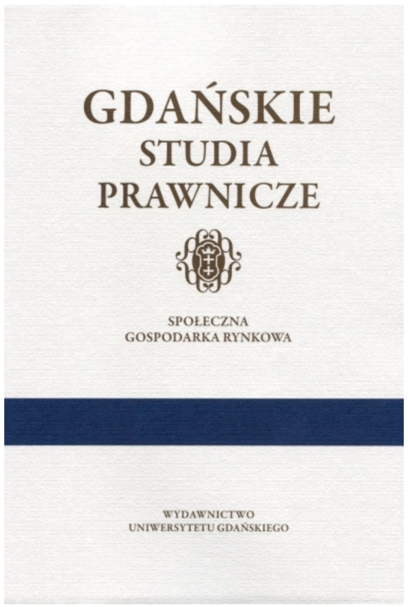Powstanie krajów niemieckich w zachodnich strefach okupacyjnych po II wojnie światowej
Formation of German states in the western occupation zones after World war II
Author(s): Michał DomagałaSubject(s): Government/Political systems, Security and defense, Fascism, Nazism and WW II
Published by: Wydawnictwo Uniwersytetu Gdańskiego
Keywords: constitution; World war II;
Summary/Abstract: The internal development of western occupational zones was conditioned by the political objectives of individual countries, so it proceeded in a differentiated manner demonstrating specific features in each zone. One of the common features of this development was the establishment by all powers, although at different times, the states (lands) as the country’s new territorial units. The new division in most cases did not coincide with the borders of the already existing German states. As well as the earlier division into zones,also this time the decision was taken in an arbitrary manner. It was dependent primarily on the interests of the Allies. In western zones, the formation of states was completed in 1947, the earliest in the American zone, as already in 1945. In all three western zones twelve states were established, four states in each zone, including two city-states Bremen and Hamburg.The division into states established by the Allies has generally remained until today,with the exception of Baden-Württemberg, which was created in 1951 by the merger of the three states of the south-western Germany: Baden-Württemberg (American zone), Württemberg-Hohenzollern and South Baden (French zone). In all these states democratic elections were carried out, both at the municipal and the national level. In all states national constitutions were adopted, which were subsequently approved by referendum.
Journal: Gdańskie Studia Prawnicze
- Issue Year: 2014
- Issue No: XXXI
- Page Range: 231-259
- Page Count: 29
- Language: Polish

